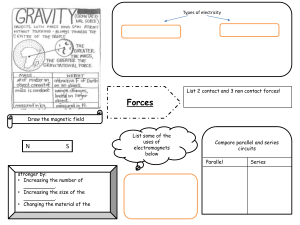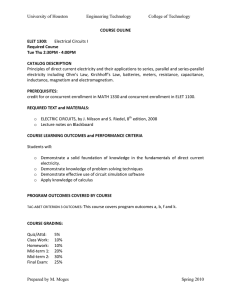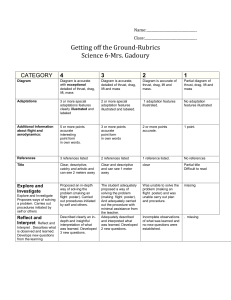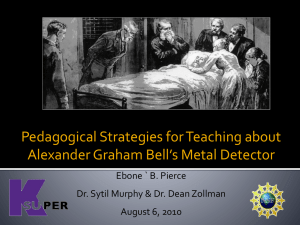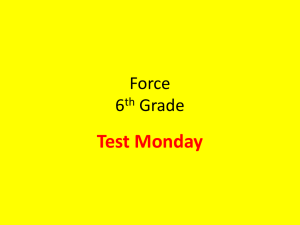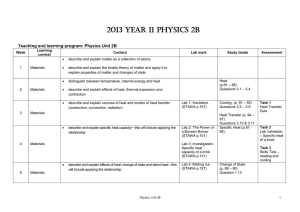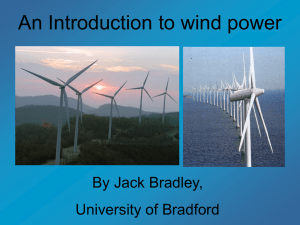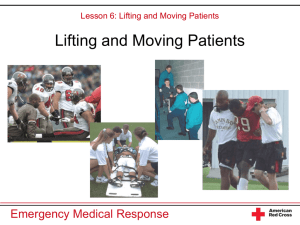Grade 6 Science Course syllabus
advertisement
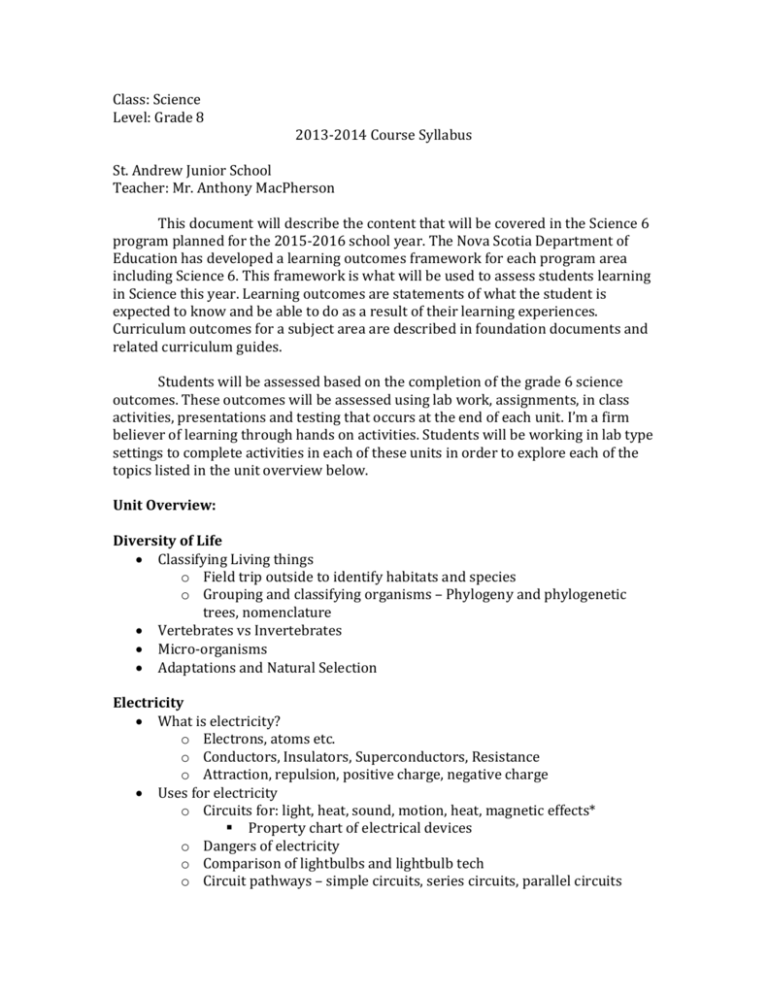
Class: Science Level: Grade 8 2013-2014 Course Syllabus St. Andrew Junior School Teacher: Mr. Anthony MacPherson This document will describe the content that will be covered in the Science 6 program planned for the 2015-2016 school year. The Nova Scotia Department of Education has developed a learning outcomes framework for each program area including Science 6. This framework is what will be used to assess students learning in Science this year. Learning outcomes are statements of what the student is expected to know and be able to do as a result of their learning experiences. Curriculum outcomes for a subject area are described in foundation documents and related curriculum guides. Students will be assessed based on the completion of the grade 6 science outcomes. These outcomes will be assessed using lab work, assignments, in class activities, presentations and testing that occurs at the end of each unit. I’m a firm believer of learning through hands on activities. Students will be working in lab type settings to complete activities in each of these units in order to explore each of the topics listed in the unit overview below. Unit Overview: Diversity of Life Classifying Living things o Field trip outside to identify habitats and species o Grouping and classifying organisms – Phylogeny and phylogenetic trees, nomenclature Vertebrates vs Invertebrates Micro-organisms Adaptations and Natural Selection Electricity What is electricity? o Electrons, atoms etc. o Conductors, Insulators, Superconductors, Resistance o Attraction, repulsion, positive charge, negative charge Uses for electricity o Circuits for: light, heat, sound, motion, heat, magnetic effects* Property chart of electrical devices o Dangers of electricity o Comparison of lightbulbs and lightbulb tech o Circuit pathways – simple circuits, series circuits, parallel circuits o Conductivity of solids and liquids o Role of Switches o Circuit diagrams Electromagnets and Electric Generators o Magnetism o How Electromagnets work o How Electric Generators work o Chemical, mechanical, solar, and nuclear o Battery and battery tech Space Space Exploration o ISS, satellites, manned missions, orbiting/escaping orbit o Famous astronauts Relative position and motion of earth, moon and sun Solar system Stars and Constellations Flight 4 forces relating to flight: drag, gravity, thrust, lift o How does drag work? Air resistance Brainstorm how to reduce drag. Products that reduce drag Aerodynamics Paper Glider Lift and Wing Shape Lift Thrust and Propulsion Since each unit in Science 6 is its own independent area of study, the order of these units is subject to change depending on availability of equipment, student preference, and time.
